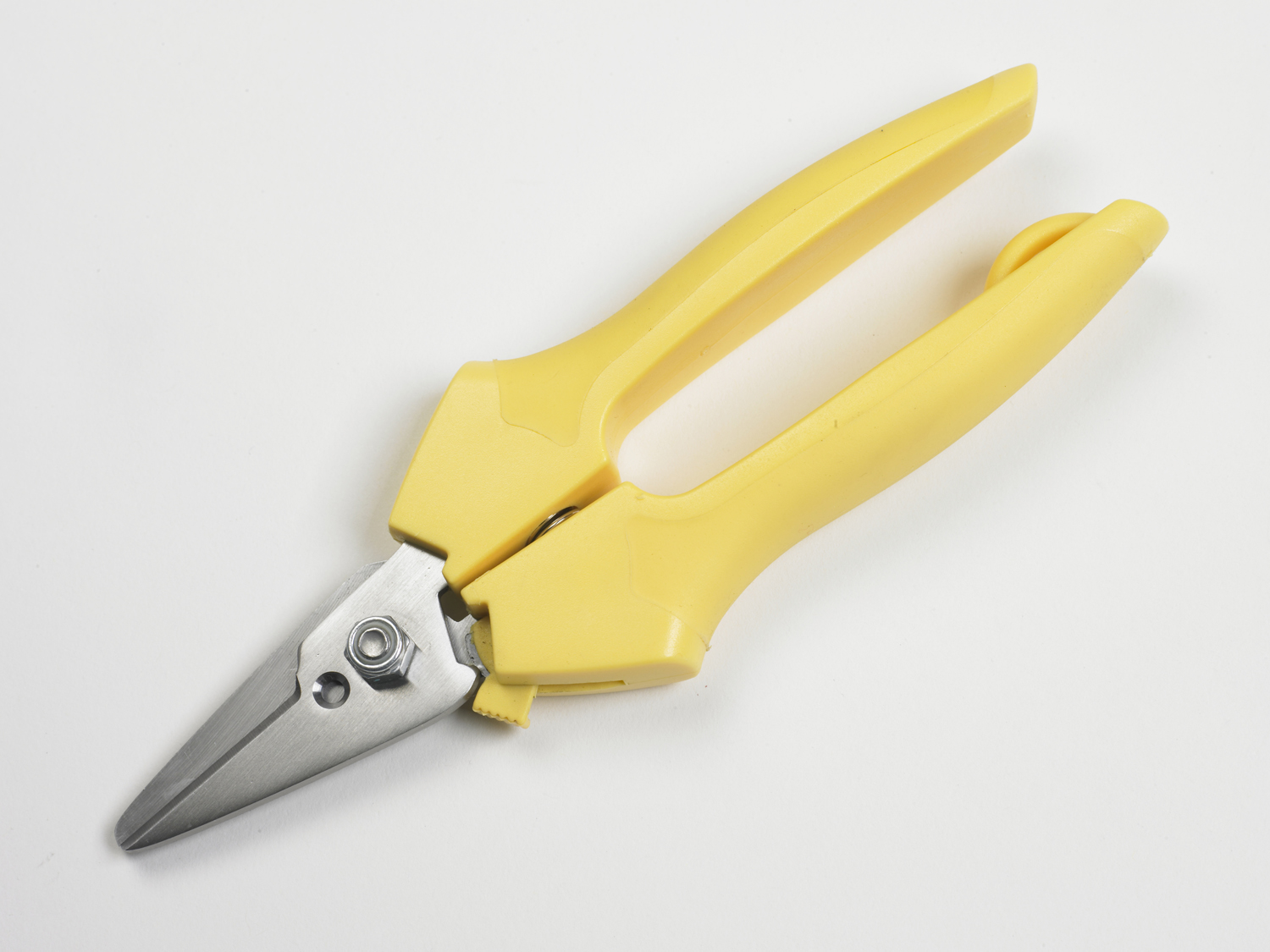

It is usually recommended that heavy lifting or vigorous exercise be avoided for at least a week. Most men can return to light work two days after the procedure.
#SNIP SNIP FOR MEN SKIN#
The no-scalpel technique avoids the need for surgical incisions in the scrotum that require stitches It has been widely used in New Zealand for many years.ĭuring a no-scalpel vasectomy the doctor locates the vas deferens by feeling them beneath the skin of the scrotum and holds them in place with small clamps.

The no-scalpel technique has been shown to produce less bleeding and discomfort and has a lower risk of complications than the traditional technique. Both vasectomy techniques are performed in either a doctor’s surgery or a day-stay clinic and take approximately 30–45 minutes. Men who have thick scrotal skin, have had previous operations for groin hernia or torsion (twisting) of the testicle, or have abnormalities like hydrocoeles or varicocoeles may not be suitable for the no-scalpel technique. There are two main surgical techniques for performing a vasectomy – the traditional vasectomy and the no-scalpel vasectomy. This will likely require referral to a hospital and add to the cost. Some men choose to have the procedure performed under a general anaesthetic. It is usually performed under a local anaesthetic. This occurs in less than 1% of cases.Ī vasectomy is performed by a general surgeon, urologist, or general practitioner. Vasectomy can fail if a canal develops between the two ends of the vas deferens through which the sperm can travel (recanalisation). It is estimated that vasectomy is at least 99% effective in preventing pregnancy. Vasectomy is regarded as a simple, safe, and effective form of male sterilization and is intended to be permanent (although a vasectomy reversal procedure is available). The sperm produced in the testicles die and are reabsorbed by the body. Following vasectomy, sperm continue to be produced in the testicles, but are no longer contained in the semen.

What is a vasectomy?Ī vasectomy is a surgical sterilization procedure in which the tubes that carry sperm cells from the testicles to the penis (the vas deferens) are cut and sealed.

It is generally accepted that both are equally effective but that the no-scalpel method is increasingly popular due to greater patient comfort during and after the procedure. Two techniques are commonly used in New Zealand – a traditional surgical method and a “no-scalpel” version. Vasectomy is a common surgical procedure used to make a man sterile (i.e.


 0 kommentar(er)
0 kommentar(er)
